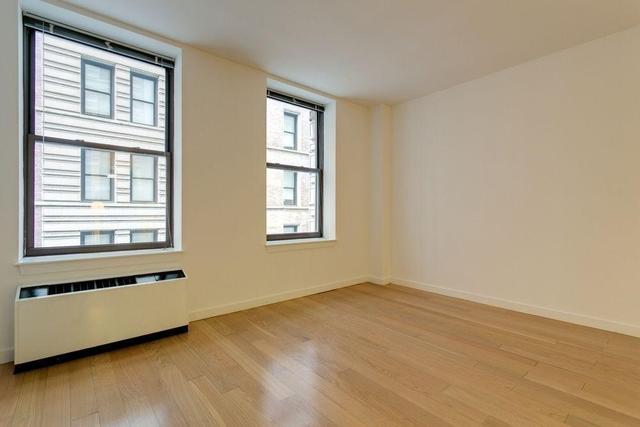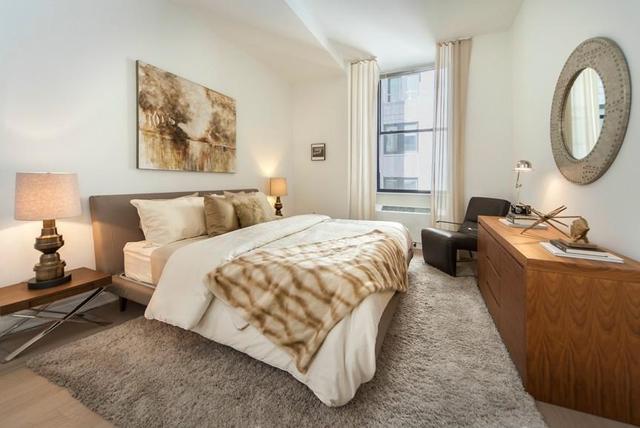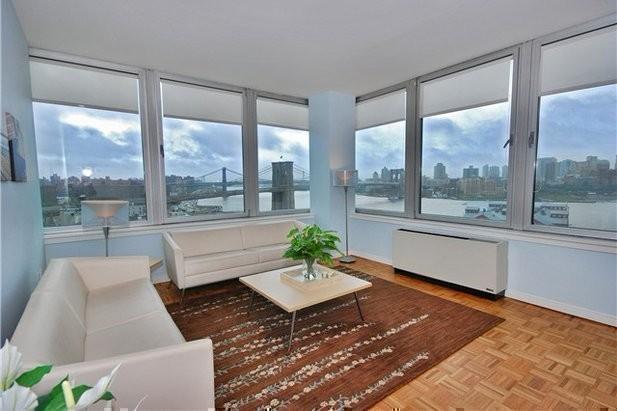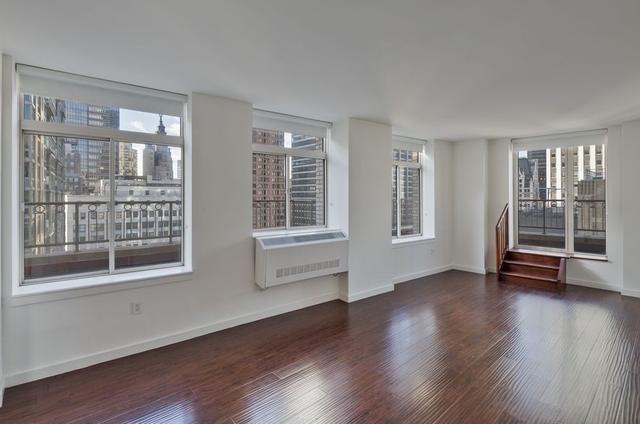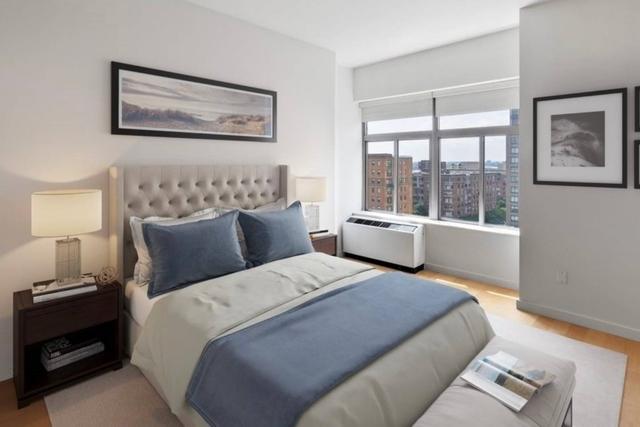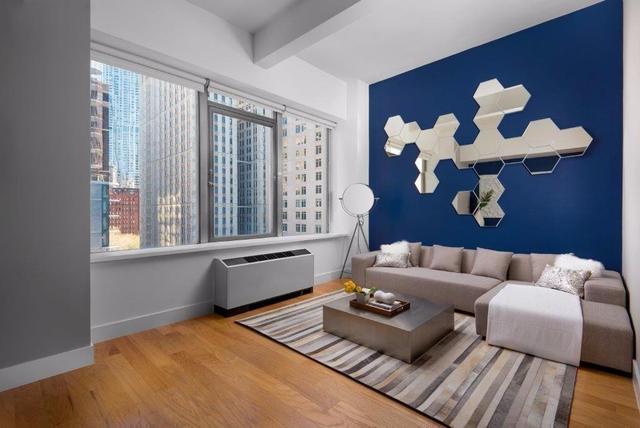
Getting a Return on your Doer-Upper: Investing in Real Estate and Renovations
By: ROS Team
Whether you’re looking to flip a doer-upper or rent it out for an alternative income stream, buying into the property at low prices often means buying something that’s in need of a little TLC. Though realtors will emphasize “rustic charm” and “cozy spaces,” turning those euphemisms on their heads means you’ll have to put a bit of elbow grease into a place to really make a return on investment. Here are our tips to help you get into the real estate market and make some value-added renovations.
Calculating After Repair Value
If you are looking into real estate investing, you may have come across the term “ARV Real Estate” or After Repair Value. This is an estimate of the value of a property after renovations or remodeling has been completed. This considers the price paid for the property as-is, how much materials and labor has been invested into the property, and any increase in price due to demographic shifts, market ups and downs, and proximity to amenities.
The idea is to calculate the margin on any “fix and flip” property, to figure out if it is worth an investor’s while to buy and do up a place.
You can calculate the ARV thus:
ARV = (Property’s Purchase Price) + (Value of Renovations)
If you plan to flip a place after remodeling, you may also have to consider Capital Gains Tax and any State taxes.
Funding your Investment
The next question is, how do you fund your investment? Though buying a residential home is different to buying an investment property, the mortgage you apply for as an investment may have stricter Loan to Value Ratio requirements (sometimes as much as 80%) requiring you to come up with a 20% deposit or leveraging your existing home equity (if you have it.) Remember to shop around with different banks and lenders to get the best deal possible.
Cost-Effective Renovations
The most cost-effective renovations you can make to an apartment or a home is to give space a lick of paint and/or alter cabinet fronts in kitchens or bathrooms. This type of partial renovation may take a bit of sanding and painting of new doors but will give a whole new lease of life. If your property is in dire need of updating, you may opt for a complete renovation, which will require professional help as it may involve structural changes.
These types of renovations might include opening up living spaces, adding an extra bedroom, enlarging a kitchen for an open-plan living/dining area, or even adding an extra bathroom. Installing energy-efficient appliances can also be a big boon to would-be buyers. Even sprucing up the exterior in an otherwise drab neighborhood can also have those on the fence enthusiastically buy-in.
Setting a Renovation Budget
Conventional wisdom says that you should spend roughly 10% of your property’s current value on renovations. If your house is more recent (constructed within the last 15 years), partial renovations rather than complete ones can be the answer to a substantial increase in value with little outlay. A bathroom tile replacement or vanity update is far less expensive than a complete remodel that involves ripping out every single wall and requires extra plumbers, carpenters, electricians, etc.
The higher the budget, the more you should think to hold on to your investment in the long term. It might be helpful to do some research to see if the modifications you are going to carry out will pay off instantly, or over time. If you keep your property for five years or longer, a well-planned and implemented improvement can increase a house’s value by an additional 10%.
Materials and Décor
Now that you have a budget and room-by-room plan mapped out, you should be on the hunt for materials and decorations to suit the style of your renovation. Many older homes may have a Mid-Century Modern aesthetic – you may want to enhance that with similar décor or go for an eclectic style that blends contemporary styles alongside it.
You may want to hire an interior designer to help you come up with a cohesive style, as some home buyers will pay a premium to live in a home with a certain and unique look.
Zoning and Residential Renovation by Laws
In New York State, residential buildings and renovations may require a new Certificate of Occupancy depending on the scope of the renovation and primary use of the building, such as Mixed-Use buildings (e.g. a residential complex with a Bodega on the ground floor.) You’ll need to check your Occupancy Classification with the New York State Department of Buildings and file the necessary paperwork before you proceed with the work.
Remember to Get Vetted Contractors
Whenever you engage contractors, make sure they’re vetted by a third party and at the very least registered with your state building authority. Look for contractors who have online reviews that are favorable and if possible, speak to customers of the contractor to get an unbiased opinion of how they work and if they are value for money.
You should also interview potential contractors to see if you work well together in terms of collaboration, and communication, and whether they will alert you to any potential problems that may arise. Cutting corners on contractors might mean shoddy work that needs to be corrected by someone else, adding thousands to your costs.
Revaluing, Renting or Flipping
After your renovations are complete, you will want to revalue your property with a valuation expert or realtor to see how much you can reasonably expect in rents each month, or its new resale value. If you decide to proceed with a realtor, you need to hand over 3.5-6.5% in commission from the sale. You can conduct a For Sale By Owner (FSBO) but this can come with risks.
FSBO sales usually come in about 6% below realtor sales, and you will have to do all the marketing, open homes, and negotiations yourself. In New York, you’ll need to hire a real estate attorney and provide the Seller’s Property Disclosure, Flood Zone Statement, and Lead-Based Paint Disclosure. For someone who may have a full-time job, this can take up a lot of time!
With a bit of effort and foresight, you can turn a fixer-upper into a great return on investment!



